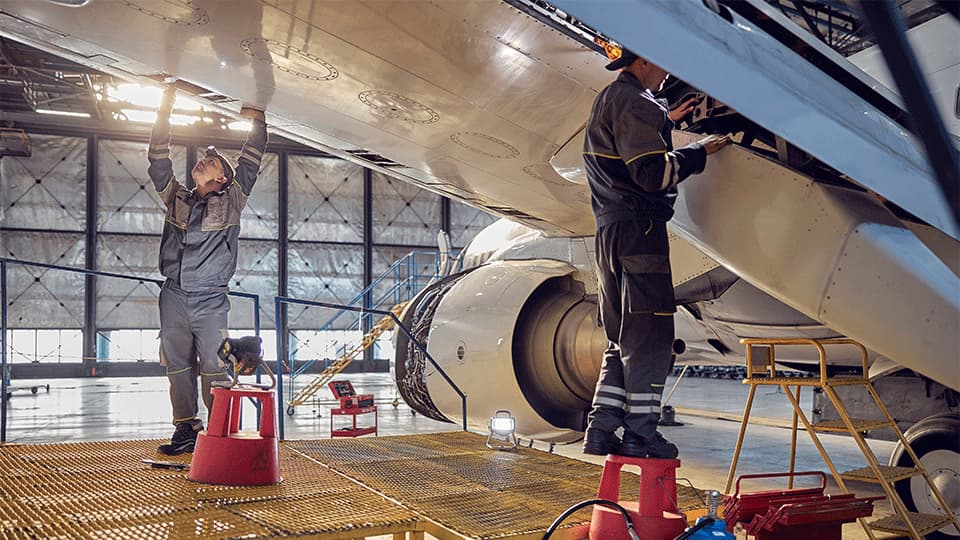InnovateUK “Next Wing”

The design of an aircraft wing is critically important in defining the performance and operational cost of an aircraft whilst ensuring the aircraft meets strict regulatory emission and sustainability requirements. As demand for new more fuel efficient aircraft this demands new approaches for new aircraft wings.
Aims
This project aims to use digital and virtual tools to shorten the design process for new wings. This will be achieved by developing a series of Scalable Models for Aircraft Robust Trades (SMART) models and enabling modelling and simulation capabilities, which will be integrated and subsequently demonstrated at wing level. These are critical enablers to shorten the aircraft Product development cycle and develop products that will deliver on Airbus' sustainability ambitions.
Objectives
The project will deliver:
- Wing-level SMART models for components and zonal integration areas
- Development of Model Based Systems Engineering-based design environment for SMART model integration
- Integration and V&V of models in the design environment via use cases
- Development of a collaborative co-development approach
- Development of a wing Product line approach
Technical approach
The AVRRC are developing new model based systems engineering techniques to support complex co-simulation with remote simulation environments.
Anticipated impact
The research is expected to radically change the way aircraft design is undertaken by exploiting the benefits of MBSE
Project sponsors
This £19.3m project is funded by UK Research and Innovation via the Aerospace Technology Institute (ATI) and Airbus
Project collaborators
The partners collaborating in the delivery of this ambitious project are: Airbus Operations Ltd, Capgemini UK Plc, Daptablade Ltd, Imperial College London, Loughborough University, Queen Mary University London, University of Exeter, University of Manchester, and University of Sheffield.